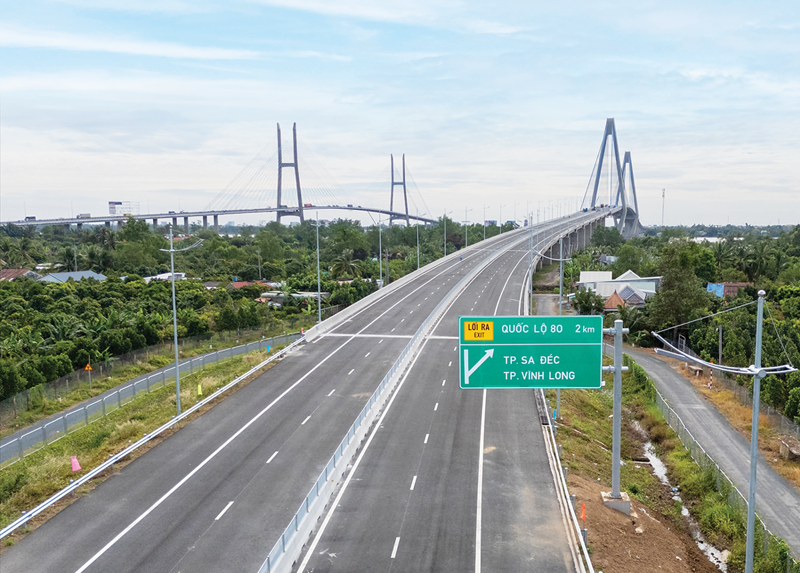According to the 2024 Annual Mekong Delta Economic Report (AMDER), the Mekong Delta’s Gross Regional Domestic Product (GRDP) grew by 7.3% in 2024, surpassing the national average of 7.1% for the third consecutive year. While this growth is promising, the region's economic foundation remains fragile, with little structural transformation and persistently low investment levels, the report remarked.
The 2024 AMDER) was jointly published by the Vietnam Chamber of Commerce and Industry (VCCI), the Fulbright School of Public Policy and Management (FSPPM), and a team of experts.
The report noted that investment shortages have long been a core challenge hindering the Mekong Delta's sustainable economic development. Therefore, to ensure this region can develop sustainably and fully leverage its economic potential, strong policy solutions are needed to enhance investment efficiency and increase investment resources.
Public, private, and Foreign Direct Investment (FDI) into the region are all low, the report remarked, adding that public investment in this region is only higher than that in the Central Highlands, on par with the Northern Midlands and Mountainous Region, but significantly lags behind the North Central Coast, which receives double the public investment.
To address investment bottlenecks and ensure sustainable development, the report outlines four key solutions:
First, digitalization must be at the heart of the region’s investment and development strategy. Strengthening telecommunications infrastructure and high-speed internet is essential for fostering a digital government, digital economy, and digital society.
Second, public investment allocation should prioritize transportation and telecommunications infrastructure, logistics, and digital transformation. Accelerating the disbursement of funds for critical projects, including the Can Tho – Ca Mau expressway, Chau Doc – Can Tho – Soc Trang expressway, and agricultural logistics system, is key to improving connectivity.
Third, creating a more favorable environment to attract private and FDI investment requires improvements in administrative procedures, transparency in licensing processes, and expanded land access for strategic investors in high-tech agriculture, deep-processing industries, and renewable energy.
Fourth, mobilizing private capital for major infrastructure projects, particularly in transport and logistics, can help bridge the investment gap. Additionally, promoting eco-rural models and green urban development will enhance quality of life and attract top talent.









 Google translate
Google translate